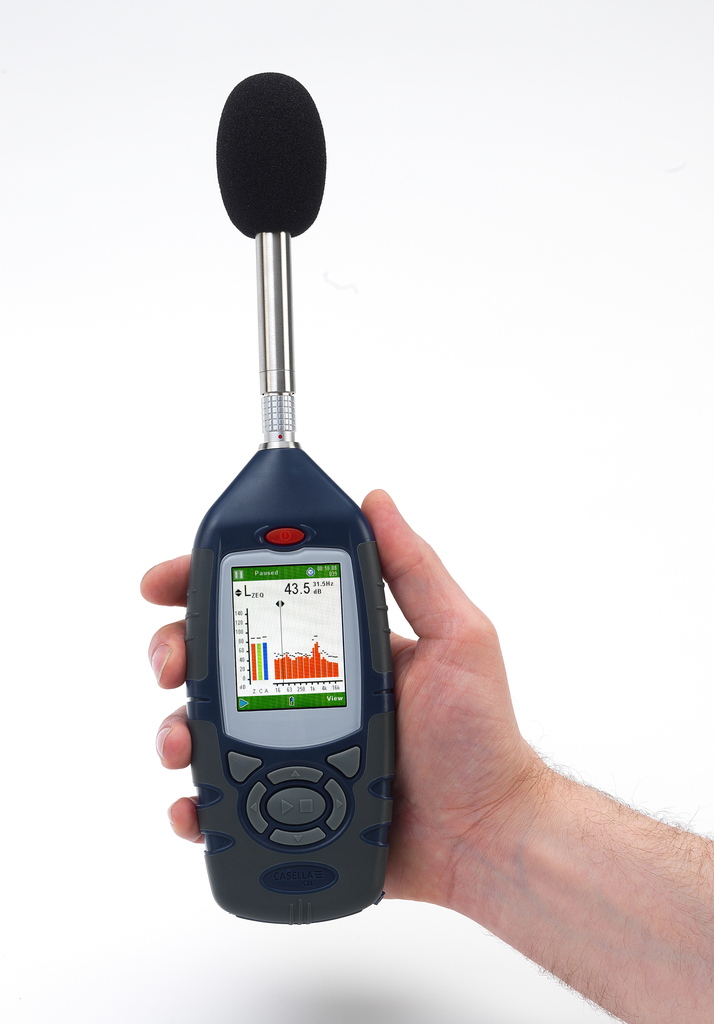
 |
Mark Sennett
Managing Editor |
 |
Kelly Rose
Editor |
| Home> | Managing Health & Safety | >Noise Monitoring | >Casella 63x digital sound level meters |
Casella 63x digital sound level meters
03 July 2018
THE CASELLA CEL-63x Series of sound level meters are the most versatile of meters available; ideal for both noise at work applications (ISO9612, OSHA) and environmental noise measurements (BS14142).

Ensure compliance with workplace noise legislation with the CEL-63x Series and to assist with the selection of hearing protection. For environmental noise monitoring, these CEL-63x Series can be used for boundary noise assessment, noise nuisance complaints or in the construction industry, section 61 notices.
This noise exposure monitor is designed to make sound level measurements as simple as possible and displayed as simply or as comprehensively as you require – all parameters are stored so you can view as your requirements demand.
Average, Peak and Octave Band Measurements are performed simultaneously so no need for multiple noise measurements. All are displayed graphically on the full colour display. There is even an option to record voice notes to trace the run.
Data can be marked to signify important events which can be analysed later. Up to 60 hours of audio files can be stored for noise identification purposes. Stored audio can be played back on the instrument with headphones or via Casella’s Insight data management software.
Watch Casella's YouTube video here.
Interested? Get in touch at [email protected] or call +44 (0)1234 844100. Or click here for more info.
- Casella joins forces with RAE Systems
- Simple, accurate and wireless noise monitoring solution
- Data logging instrument for dust surveys
- Noise monitoring matters
- Noise Sound Level Meters, dosimeters and training resonate with users
- Solving the million dollar question through the means of technology
- Casella help protect against workplace vibration exposure with the Havex Meter
- Extensive range of air sampling pumps
- You can't manage what you don't measure
- Measure dust























